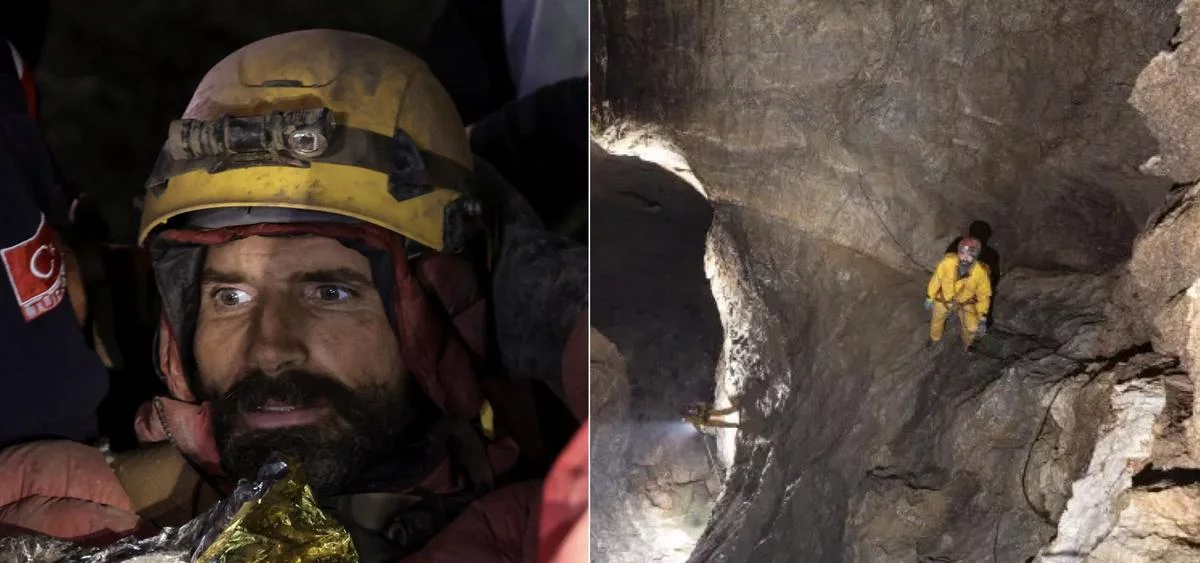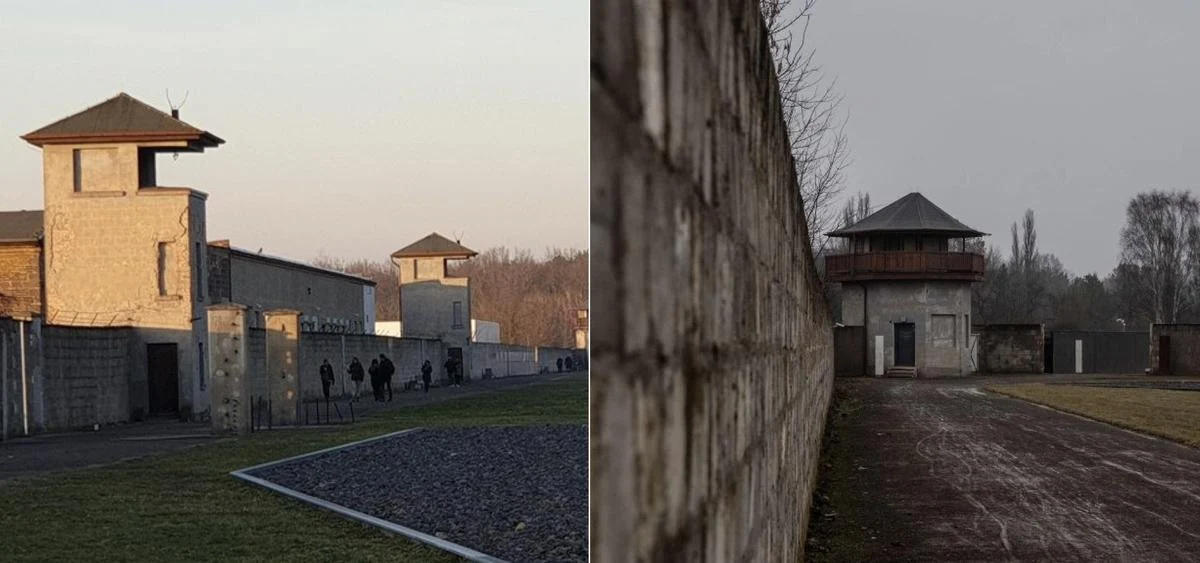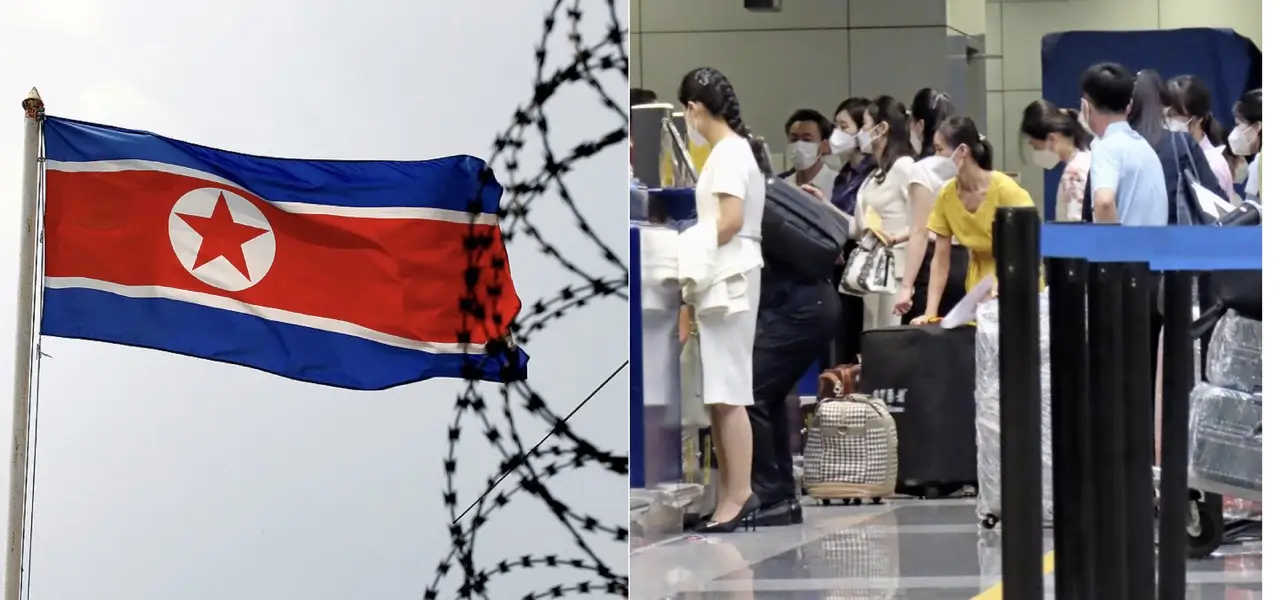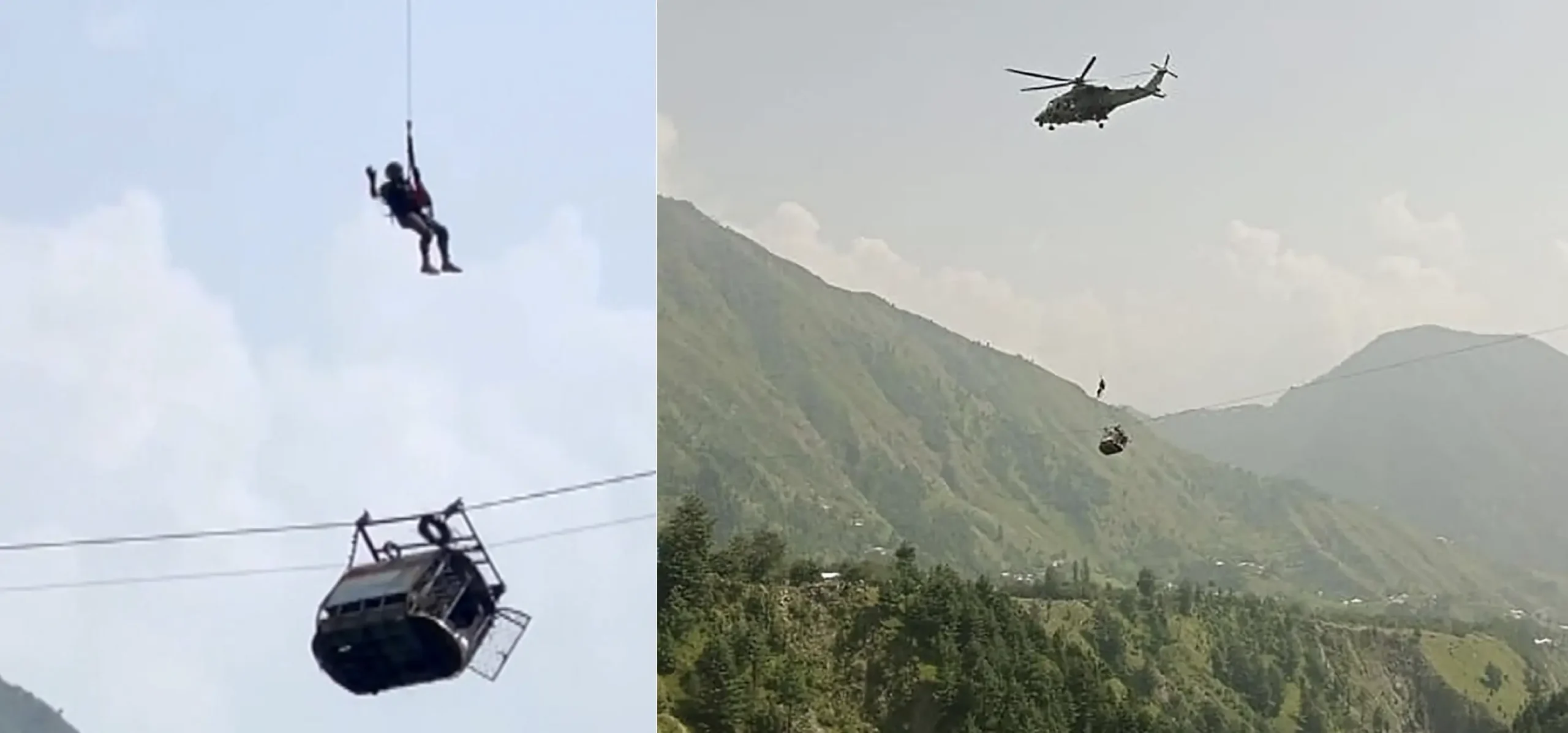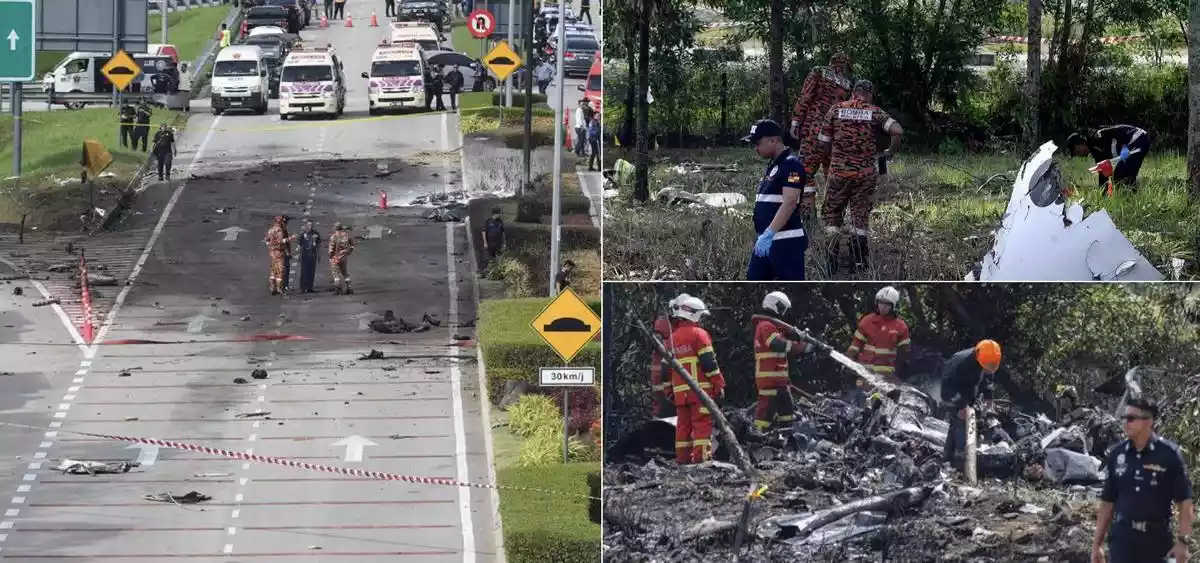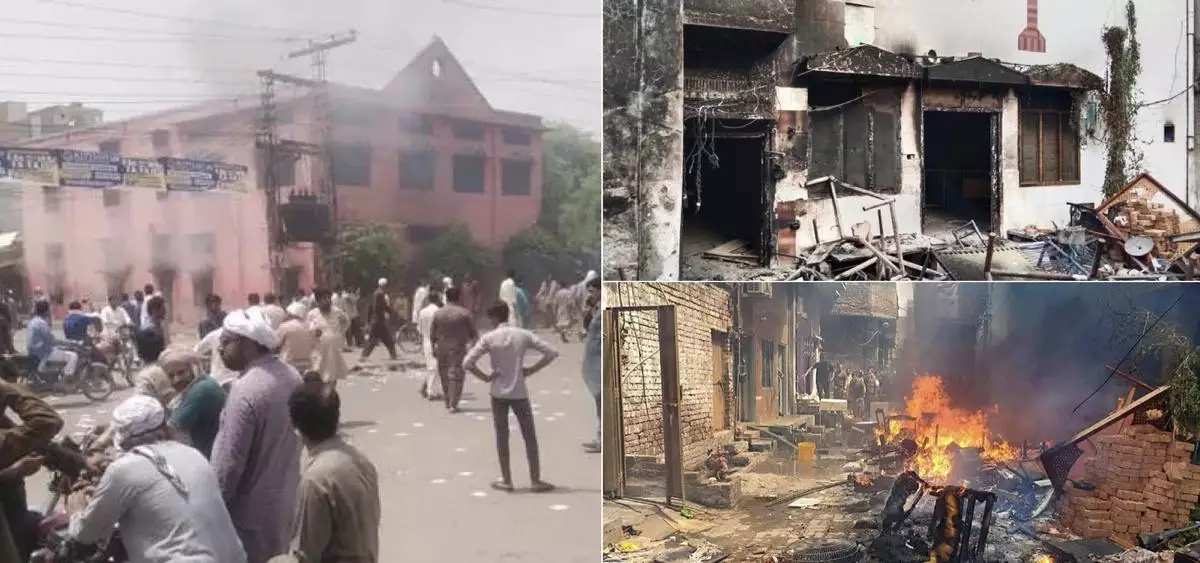The Philippines is gripped with tension as the country’s most active volcano, Mayon, has begun a volcanic eruption, prompting widespread evacuations and raising concerns of a potentially catastrophic explosion.
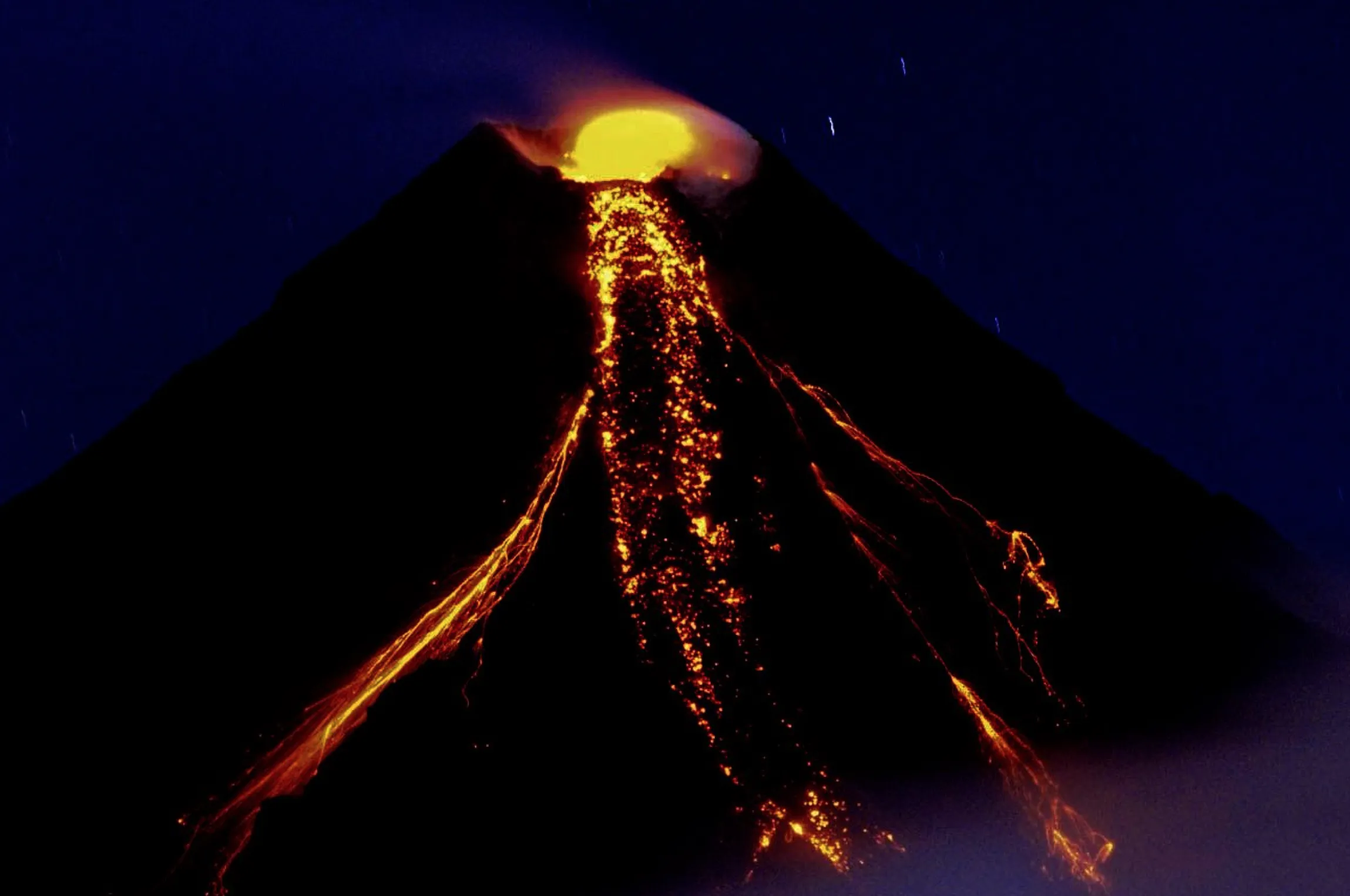
Photo Credit: Wikimedia Commons
Mayon, the most active volcano in the Philippines, has begun a gentle eruption, spewing lava down its slopes and putting thousands of people on high alert for a potential violent explosion. Mandatory evacuations have been carried out for over 12,000 villagers residing within a 6-kilometer radius of Mayon’s crater in northeastern Albay province. The volcano had displayed signs of renewed restlessness in the past week, leading to the precautionary measures.
Although the permanent danger zone below Mayon has been declared off-limits, authorities warn that thousands of individuals still reside within this area. Teresito Bacolcol, the director of the Philippine Institute of Volcanology and Seismology, stated that if the eruption intensifies, the high-risk zone may be expanded. In such a scenario, people within the expanded danger zone must be prepared for immediate evacuation to emergency shelters.
The eruption of Mayon was witnessed from a distance by a team of journalists on Sunday night. Lava flowed down the volcano’s southeastern gullies for several hours, prompting onlookers in Albay’s capital city of Legazpi to capture photos of the impressive spectacle. To expedite the distribution of disaster relief funds, Albay was placed under a state of emergency. The alert level for the 2,462-meter (8,077-foot) volcano was raised on Thursday, emphasizing the potential dangers.
Mayon holds significant tourist appeal due to its picturesque conical shape. However, it has a history of violent eruptions, with the most recent occurring in 2018 and displacing tens of thousands of villagers. Historical records show that in 1814, Mayon’s eruption resulted in the burial of entire villages and the reported deaths of over 1,000 people. Despite the risks, many residents of Albay have accepted the sporadic fury of the volcano as a part of their lives.
In addition to evacuating villagers living in close proximity to Mayon, authorities and residents have also been relocating a large number of cows and water buffaloes from high-risk farms to temporary grazing areas at a safe distance. The well-being of farm animals is a priority, as their safety contributes to minimizing the economic impact of a potential eruption.
The Philippines faces the challenge of managing threats from approximately 24 active volcanoes, with Mayon being the most prominent. Located in the Pacific “Ring of Fire,” a region prone to seismic activity, the country also experiences around 20 typhoons and storms annually, making it one of the world’s most disaster-prone nations.
Despite the volcano’s activity, life continues in the affected regions. On Sunday morning, people in Legazpi engaged in activities such as jogging, biking, and dancing to disco music along the seaside promenade. A resident named Violeto Peralta even painted an image of Mayon’s explosive eruption on the fence of his house, offering it as a backdrop for passersby’s selfies. Many businesses in Albay have thrived due to the tourism opportunities generated by Mayon’s presence.
While uncertainties remain regarding the intensity of the current eruption, residents in the vicinity of Mayon and authorities are closely monitoring the situation. With lava continuing to flow down the volcano’s slopes, the alert level remains at 3 on a scale of 5. However, if the eruption escalates suddenly, the alert level could be raised accordingly. The highest alert level, 5, would indicate a violent and life-threatening eruption, posing significant risks to communities in Mayon’s foothills.
Mayon’s volcanic activity serves as a reminder of the country’s geographical challenges. The Philippines is situated on the Pacific Ring of Fire, which is characterized by seismic faults and frequent earthquakes and volcanic eruptions. The eruption of Mount Pinatubo in 1991, one of the most significant volcanic events of the 20th century, resulted in the loss of hundreds of lives. The resilience of the Filipino people is tested repeatedly as they navigate the impacts of natural disasters.
Stay connected with Today On Globe for the latest Global Issues and News Updates.
Explore more related articles at [TOG News / TOG Article]



